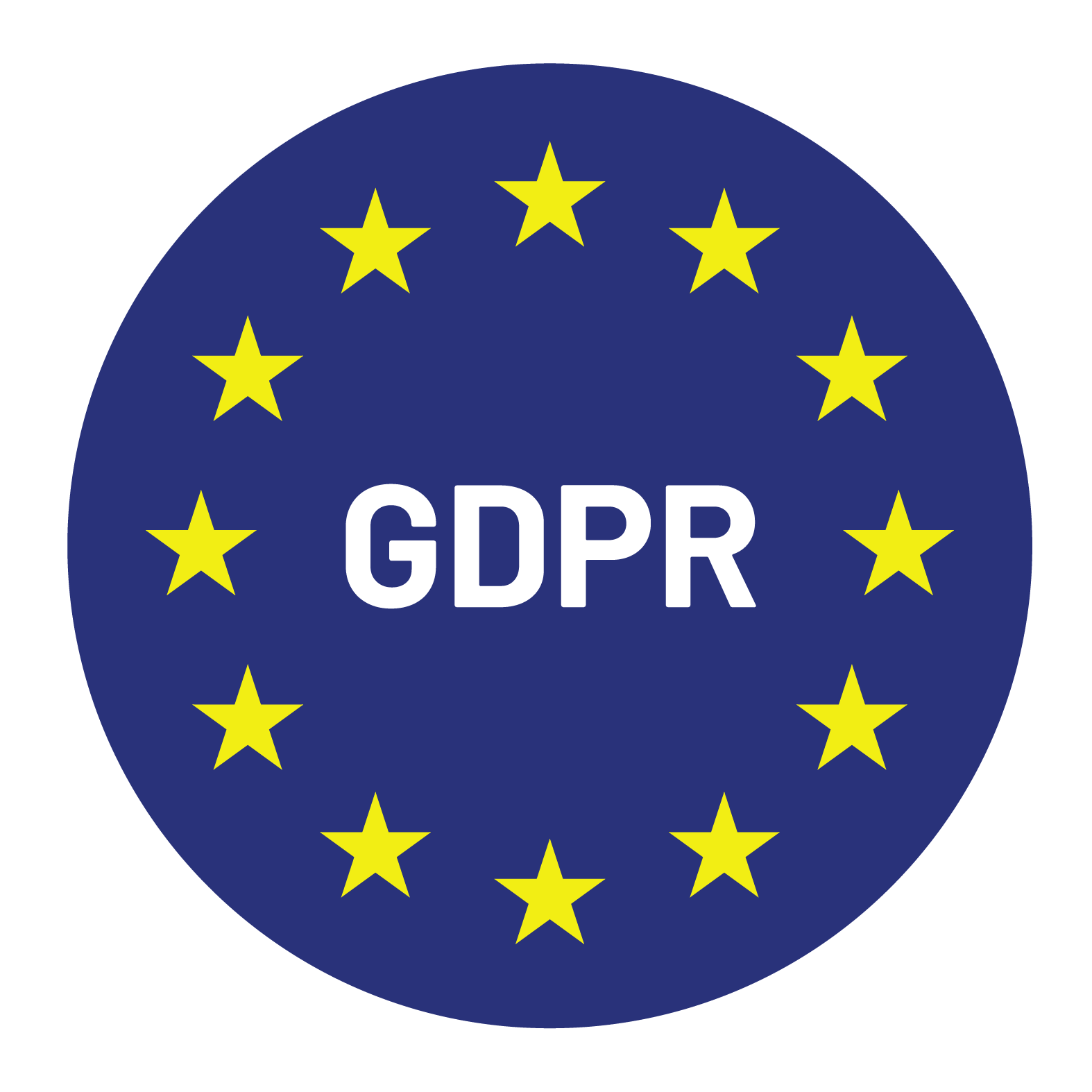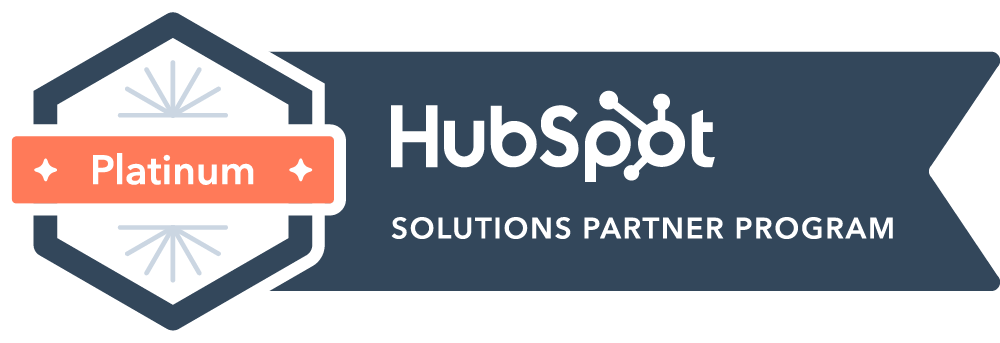

Content Writer for Whistle with multidisciplinary experience spanning over a decade.
A successful outbound campaign is a combination of art and science. The art of ‘reading’ your client or the room is undeniably important. Equally important though is the data given to you at the start of the campaign. This data forms the foundation of your efforts and will determine whether you are ‘in the hunt’ or ‘barking up the wrong tree’.
Everything begins with quality data about who you should target. Data can be divided in demographic, psychographic and even geographical if you are dealing with individuals. What if you are operating in the B2B space though? Well, knowing the market segment that you are targeting, who their clients are and what their market share is can be very helpful. All of this data is compiled and after careful analysis, an Ideal Customer Profile is created.
The success of every campaign starts with knowing your target. Though sometimes used interchangeably, Buyer Persona (BP) and Ideal Customer Profile (ICP) are distinct terms that represent different ideas. For your sales and marketing efforts to succeed, you need both. The Ideal Customer Profile explains which companies and titles to target. The Buyer Persona describes how to target them.
An Ideal Customer Profile is a detailed description of a company that is most likely to become your client, along with the titles of its decision-makers that your sales team should target. In other words, it provides guidelines on how to find a perfect lead.
The type of companies you target can be segmented according to Industry, Revenue, Number of Employees and Region. There are also decision-makers or decision-influencers that fall into your target group. These individuals are usually identifiable by their Job Titles or Seniority Levels.
“Whistle will have the client complete an ICP form, which will provide us with the necessary parameters to draw from in order to build a contact list based on the client’s specific ICP. This process takes around 5-7 working days but entails copious amounts of research. “ says Catherine van Wijk, Data and Systems Manager at Whistle.
The task is then handed to Whistle’s research team, who use a number of different world-class tools to pull contact data specific to the ICP. This process is under constant QA by the Team Leads so quality is assured.
Once QA is satisfied, the campaign is then given momentum by our phone team. All leads are human verified meaning that our phone team has verified that a) the number works and b) the target can be reached through that number.
Human verified data is essential to all outreach efforts. Since 2020, outbound connect rates have dropped to 2-4% across the B2B space, which in short, means that an SDR making a typical 50 -100 calls per day is only speaking with 1- 4 people. While those numbers may seem discouraging, the good news is that Whistle’s sales team are fantastic at creating genuine connections with potential customers.
Whatever your product or service, Whistle is able to use the data collected to best identify potential clients for your books.


© Copyright – Whistle 2023